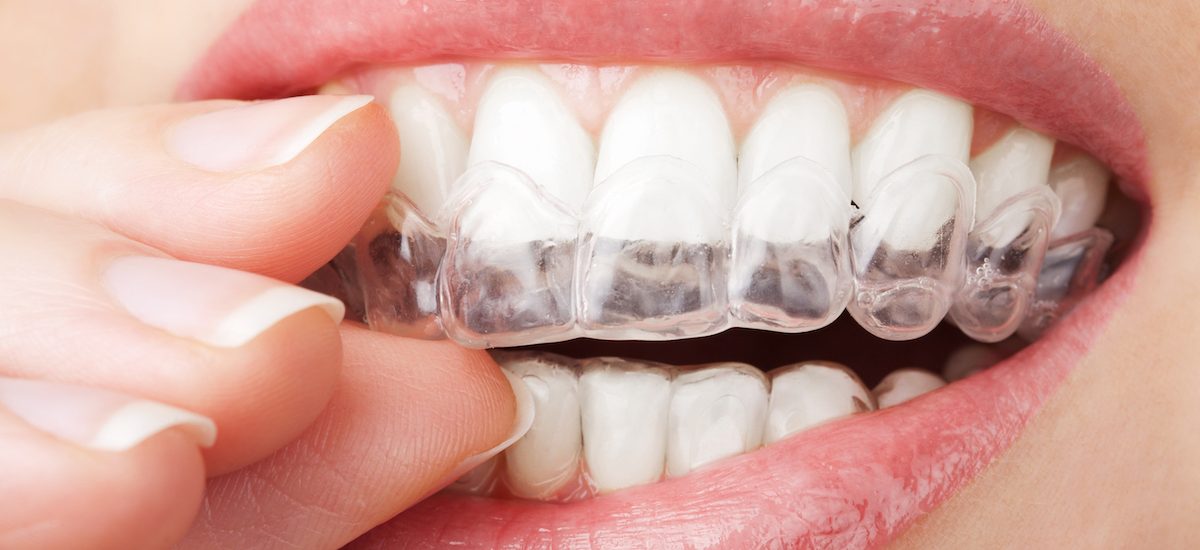DENTAL CROWNS are fixed prosthetic restorations made to restore a damaged tooth (teeth) to its original shape and dimension. They’re permanently cemented on teeth that have cracked, extensively decayed, or otherwise been damaged. Although they sometimes extend down onto the root surface, crowns essentially replace the outer aspect of the top part of a natural tooth.
Dentists install crowns to perform several important functions. They protect weak teeth, restore broken teeth, prevent cracked teeth from breaking further, and support teeth that have large fillings .
Here’s an overview of the process of getting a dental crown:
- Initial Examination: Your dentist will examine the tooth that needs a crown to determine if it’s suitable for a crown. They may take X-rays to assess the extent of damage or decay and to check the health of the surrounding bone.
- Tooth Preparation: Before placing a crown, the tooth needs to be prepared. This involves removing any decayed or damaged areas and shaping the tooth to accommodate the crown. In some cases, additional structure may need to be built up using filling material to support the crown.
- Impression: Once the tooth is prepared, your dentist will take an impression of the tooth and the surrounding teeth. This impression is used to create a custom-made crown that fits perfectly over the prepared tooth.
- Temporary Crown: While the permanent crown is being fabricated in a dental laboratory (which usually takes a couple of weeks), your dentist may place a temporary crown to protect the prepared tooth.
- Placement of Permanent Crown: Once the permanent crown is ready, you’ll return to the dentist’s office for its placement. The temporary crown is removed, and the permanent crown is checked for fit, color, and bite alignment. If everything looks good, the crown is cemented or bonded into place.
DENTAL BRACES, also known as orthodontic braces, are devices used by orthodontists to straighten and align teeth, correct bite issues, and improve overall dental health and aesthetics. Braces work by applying continuous pressure over time to gradually move teeth into their desired positions.
Here’s an overview of how dental braces work and what the process typically entails:
- Initial Consultation: The first step in getting braces is an initial consultation with an orthodontist. During this appointment, the orthodontist will conduct a thorough examination of your teeth, jaws, and bite, and may take X-rays, photographs, and dental impressions to assess your dental condition and develop a treatment plan.
- Treatment Planning: Based on the evaluation, the orthodontist will create a customized treatment plan tailored to your specific needs and goals. This plan will outline the type of braces recommended, the estimated duration of treatment, and any other necessary procedures.
- Braces Placement: Once the treatment plan is finalized, the braces will be placed on your teeth. This typically involves cleaning and drying the teeth, applying a bonding agent to attach the brackets to the teeth, and then securing the archwires to the brackets using elastic bands or other mechanisms.
- Adjustments and Monitoring: Throughout the course of treatment, you’ll need to visit your orthodontist regularly for adjustments and progress checks. During these appointments, the orthodontist may tighten the wires, replace rubber bands, or make other adjustments to ensure that your teeth are moving according to plan.
- Maintenance and Oral Hygiene: Proper oral hygiene is essential during orthodontic treatment to prevent tooth decay, gum disease, and other issues. You’ll need to brush and floss regularly, using special tools and techniques to clean around the brackets and wires.
- Removal of Braces: Once your teeth have reached their desired positions, the braces will be removed. This process involves carefully detaching the brackets from your teeth and then smoothing out any residual adhesive. In some cases, a retainer may be provided to help maintain the results and prevent teeth from shifting back to their original positions.
There are several types of braces available, including traditional metal braces, ceramic braces (which blend in with the teeth for a more aesthetic appearance), lingual braces (which are placed on the back side of the teeth), and clear aligners (such as Invisalign), which are removable and virtually invisible. The type of braces recommended will depend on factors such as your specific orthodontic needs, treatment goals, and personal preferences.
DENTURES are removable prosthetic devices used to replace missing teeth and surrounding tissue. They are custom-made to fit each individual’s mouth and can be used to replace a few missing teeth (partial dentures) or an entire arch of teeth (complete dentures). Dentures are typically made from acrylic resin, but they may also include metal frameworks or other materials for added strength and stability.
Here’s an overview of the different types of dentures and the process of getting dentures:
- Partial Dentures: Partial dentures are used when some natural teeth remain in the mouth. They consist of replacement teeth attached to a metal or acrylic base that matches the color of the gums. Partial dentures often have clasps or attachments that help them securely attach to the remaining natural teeth.
- Complete Dentures: Complete dentures are used when all natural teeth are missing in either the upper or lower arch of the mouth, or both. They consist of a full set of replacement teeth set into a flesh-colored acrylic base that covers the gums and the roof of the mouth (for upper dentures) or rests on the gums (for lower dentures).
- Immediate Dentures: Immediate dentures are inserted immediately after the remaining natural teeth are extracted. They are pre-made based on measurements and impressions taken before tooth extraction. While immediate dentures allow patients to have teeth immediately after extraction, they may require adjustments as the gums and bone heal and shrink over time.
- Implant-Supported Dentures: Implant-supported dentures are removable dentures that are anchored in place by dental implants surgically placed in the jawbone. This provides added stability and prevents the dentures from slipping or shifting while speaking or eating.
The process of getting dentures typically involves several appointments with a dentist or prosthodontist and includes the following steps:
- Initial Consultation: The dentist will examine your mouth, take impressions, and discuss your treatment options based on your dental condition and preferences.
- Dental Impressions: Impressions of your mouth are taken to create custom-fit dentures that match the shape and size of your mouth.
- Fitting and Adjustments: Once the dentures are fabricated, you’ll try them on to ensure proper fit and comfort. Adjustments may be made to improve the fit and bite.
- Final Placement: After any necessary adjustments, the dentures are placed in your mouth, and you’ll be provided with instructions on how to care for them.
Proper care and maintenance of dentures are essential for their longevity and your oral health. This includes daily cleaning, soaking, and regular dental check-ups to ensure proper fit and function.
Looking for dental crowns, dental braces or dentures in Dublin? Do you want to smile again with confidence? Do not hesitate to contact St Peter’s Square Dental Surgery on 018500033


